Super Typhoon At Cloud 9: “I Thought We Were Going To Die”
Josie Prendergast’s first-hand account of the catastrophic storm that hit Siargao Island earlier this week.
Cloud 9, as its name suggests, is one of the dreamiest surf breaks known to man.
An endlessly hollow right-(and occasional left)-hander that breaks over a shallow Philippine Sea shelf, this wave has been the catalyst for countless surf films, low-level WSL events, and office job anxiety attacks over recent decades.
If you’re reading this story, you’ve likely seen photos and videos of people surfing Cloud 9 before. As a result of those images, you’ve probably considered visiting the wave’s home island of Siargao. Perhaps you’ve even gone so far as to open Google Earth, zoom in tight on the V-shaped reef, and murmur to yourself, Oh yeah, look at the bend on that one.
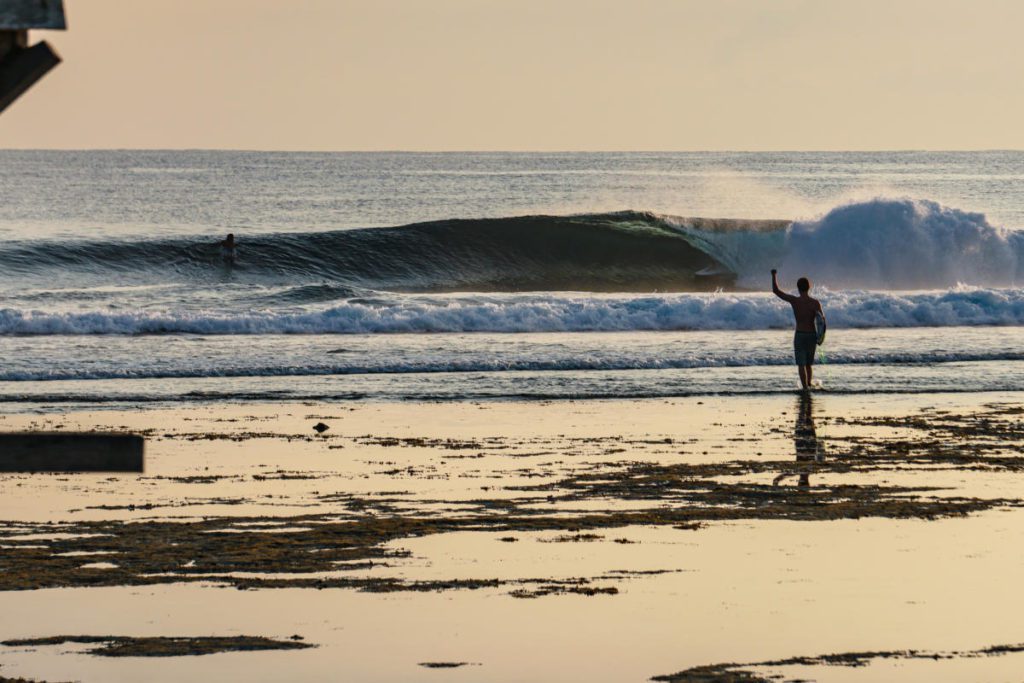
What you mightn’t have noticed — as surfers rarely notice anything beyond what’s on the horizon — are the small villages and towns that adorn this enchanting block of coast.
Catangnan, the town that overlooks Cloud 9, is home to dozens of eateries and hotels, most of which cater to tourists both surf- and leisure-minded (Siargao was voted the best vacation island in Asia by Conde Naste Traveler earlier this year).
Just around the southern bend is General Luna, a larger town boasting not just waves, resorts, and eateries, but a small port, which locals use as a launch pad for daily fishing and tourist excursions.
As of a few days ago, both of these towns, and most of the towns and islands surrounding Siargao for that matter, are fucking flattened. Houses and trees downed, power gone, no food or water — all thanks to Supertyphoon Rai (aka Odette), which made landfall a few days back.
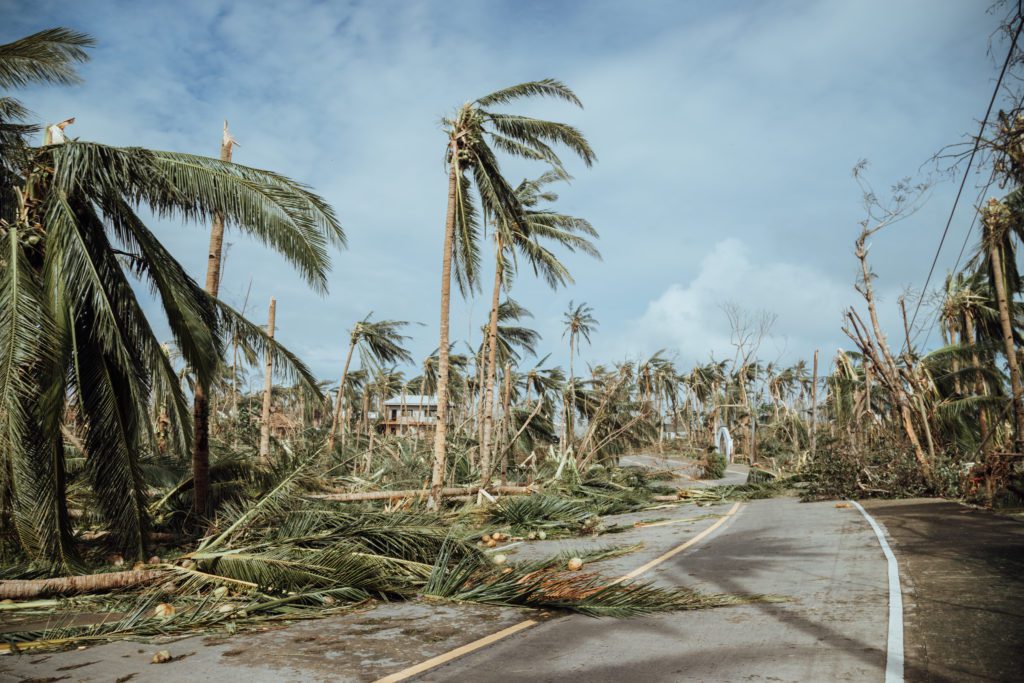
Billabong team rider and Siargao native, Josie Prendergast, was there for the entire thing.
“I feel so traumatized,” Josie explained, when we chatted with her yesterday. “It went from a level 3 typhoon to a level 5 typhoon — which is a supertyphoon — within a really short period. Signal on the island was really bad, so no one could see how bad it was gonna get.”
And it got really bad, really quick.
“A bunch of coconut trees were falling down around my house in General Luna,” Josie explained. “So we decided to evacuate to my uncle’s farmland in the mountains. During the last really bad typhoon in 1984, my mom said that the high tide surge caused really bad flooding, and a lot of people in the low-lying regions drowned. So we thought it would be better to get to high ground.
Josie and her family arrived safely to her uncle’s house — which is made of cement — and headed to an upstairs room. They watched out a window as the storm’s intensity increased, taking neighbors’ wood-constructed homes along with it.
“We were taking videos, just kind of in awe of what was happening. And then out of nowhere, our roof flew away, and the house was just crumbling,” Josie explained. “All of us — elderly people, babies — scrambled downstairs into a little bedroom, and for four hours, we held a mattress against the window so that it wouldn’t break. We were just hiding underground, praying, crying. I thought we were gonna die. There was no roof anymore, so water was pouring down, and we were watching all of the houses around us — they were just gone. We watched them all fly away. I don’t know how we survived it.”
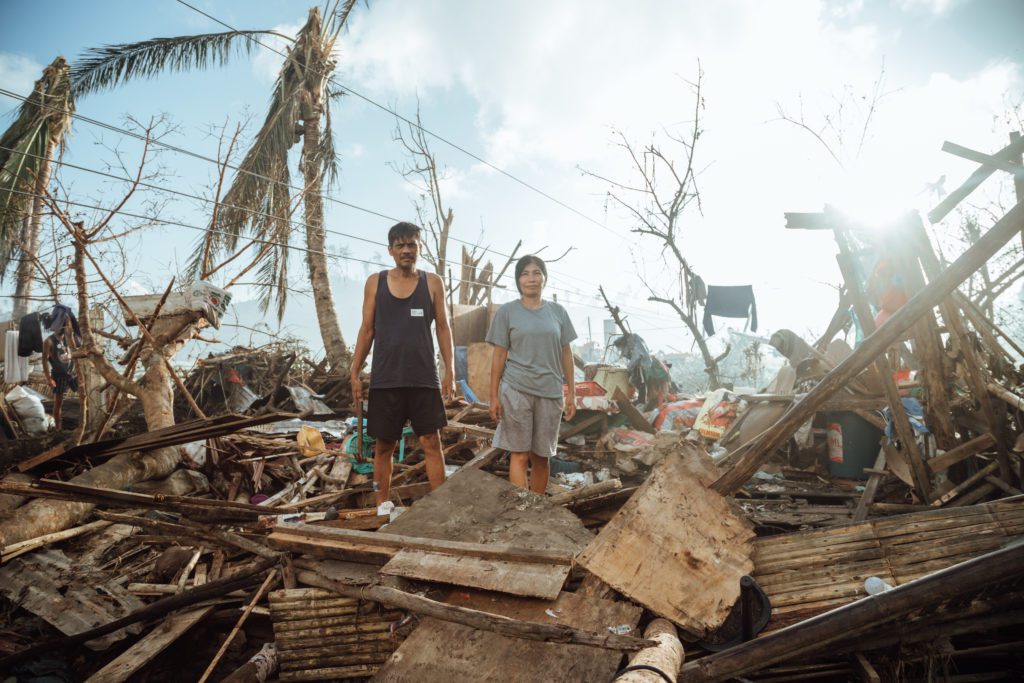
For those who don’t know Josie’s backstory, it goes like this:
Josie was born in General Luna, Siargao, to a Filipina mother and Australian father. She lived there until she was four, but when it came time for Josie to attend school, she moved to Australia to receive a more “formal” (i.e. western) education. As it turns out, an Australian “education” includes not just multiplication tables but also the fine art of surfing.
Learning at The Pass in Byron, Josie naturally gravitated toward longboarding. She got pretty good at it, too, eventually garnering enough onlooker interest to attract big-time sponsors like Billabong.
After finishing school, Josie lived part-time between the Philippines Australia. During that time, she actually built a house in Siargao, which she stayed in during her regular stints on the island. Josie’s house is one of the many that were destroyed by the storm.
After the worst of the storm subsided, and having been thoroughly traumatized by their four-plus-hour survival mattress hold, Josie, her aunts, and her cousins decided to make the two-hour trek down from their mountain safe-house to their childhood home, General Luna.
“We were just climbing under trees, over powerlines — it looked like a warzone,” Josie explained. “When we got there, the entire town was gone. Houses collapsed, trees down, and the water was knee deep. We were really lucky that this time, the storm hit at low tide. That probably saved a lot of lives.”
At least 375 people were killed on the islands hit by Rai, national police have reported – including 167 in the region that includes Siargao. On top of that, power’s out all over Siargao, and an early estimate doesn’t have it coming back for four to six months. There’s also no cell service or wifi with which to send or receive messages, and that’s not expected to return for over a month.
The only reason that Josie could share her story with the world was by getting on one of the first humanitarian flights off the island and back to Manila, the capital of the Philippines.
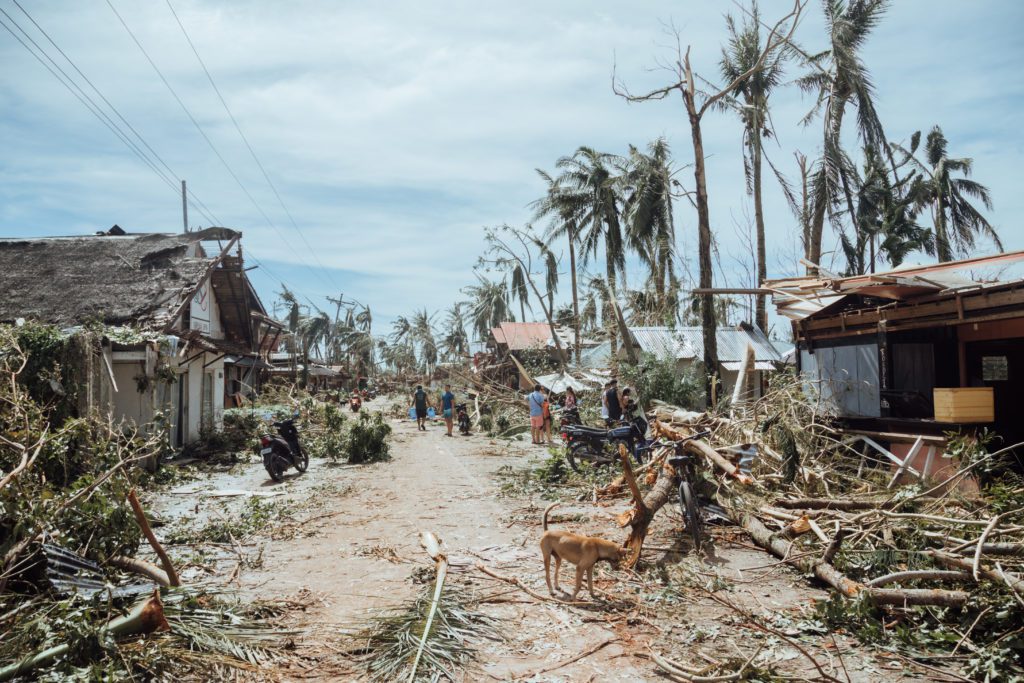
“It was so hard to leave, seeing Siargao like that,” Josie explained. “But I figured I could do more to help the people from here than I could on the ground.”
And she’s not wrong. Josie’s flurry of heart-wrenching IG stories were the first we’d heard of this story, and the very reason you’re reading this article now.
“I’m just worried for the people,” Josie continued. “The people of Siargao are just so amazing and everyone’s still laughing and smiling saying ‘Oh it’s ok, at least we are still alive.'”
Surviving a brutal force of nature is one thing, but as we’ve seen in other natural disaster areas like Indonesia, Puerto Rico and Haiti, the after-effects are often worse. Think: dehydration, starvation, overheating, hypothermia — the list goes on.
“People are already getting sick from drinking coconuts that have been on the ground too long,” Josie explained. “There’s not enough water to go around, and the water that is available is being sold for double or triple the usual price. Same goes for petrol.”
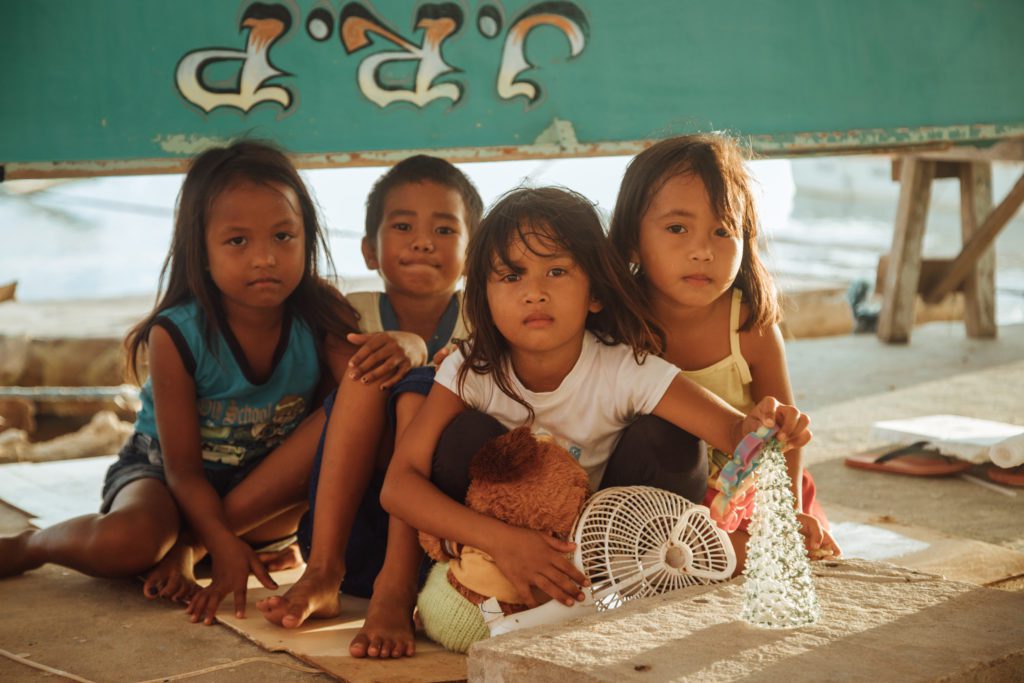
You might be wondering why the locals don’t just evacuate Siargao. Well, there’s a few reasons, including:
1. There are only two humanitarian flights per day.
2. Boats can technically leave to nearby islands, but most of those places have been similarly devastated by the storm.
3. People don’t want to abandon their homes and businesses for fear of crisis-born theft.
4. Most of their friends and family are still on the island.
As a result, most Siargao natives won’t be leaving their homes, despite the difficult times in their immediate future.
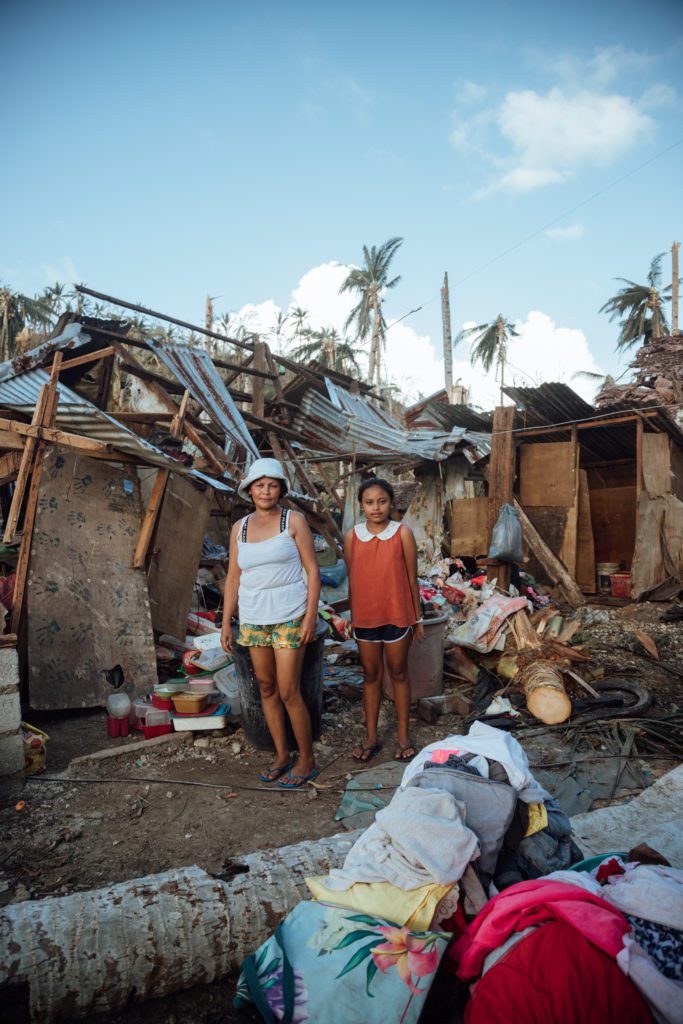
We asked Josie what her friends and family on Siargao needed most from the outside world.
“The main things that we need are food, water, water filters, and tarp. And any building supplies, so people can start getting roofs back over their heads. Most people are staying in a friend’s house if they’re lucky enough to have one, or just sleeping on the side of the road with a tarp over their heads. It’s really really bad.”
Josie will continue her aid crusade from Manila for the foreseeable future. She also let us know of a few organizations you can donate to, if you feel so inclined.
If you’ve ever been to Cloud 9, or especially if you consider visiting in the future, this is a great opportunity to fill up the karma jar.



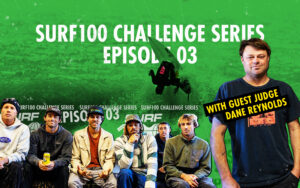










Comments
Comments are a Stab Premium feature. Gotta join to talk shop.
Already a member? Sign In
Want to join? Sign Up